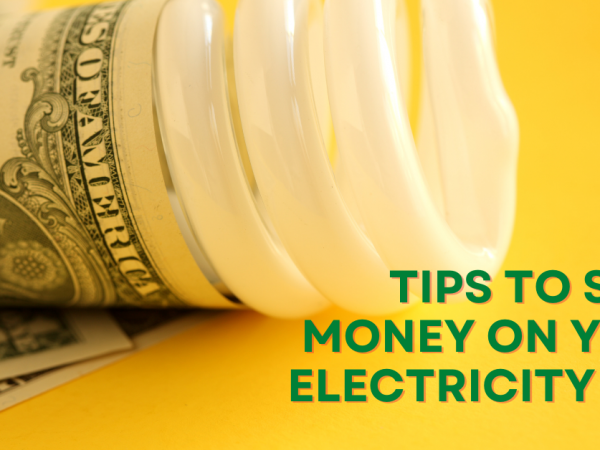With a quick twist of the faucet handle, hot water streams out. It happens in an instant. But have you ever stopped to think about where your hot water comes from, and how that affects your energy bill?
Tankless water heaters provide hot water on demand – and only when you need it. This is much different than conventional storage water heaters, where 20 to 80 gallons of water is preheated and stored in a tank at all times.
Storage water heaters release hot water from the top of the tank when you turn on the faucet. Cold water then replaces it at the bottom to keep it full. All the while, heat is escaping from your full tank: an energy inefficiency known as “standby heat loss”.
Tankless water heaters are becoming more popular among the eco-conscious. They’re exceedingly common in new construction and remodeling projects. So how do they work? Water from a tankless heater is brought to temperature by a gas burner or electric element at the rate of 2-5 gallons per minute. This can save the average family more than $80 per year in energy costs compared to standard storage water heaters, ENERGY STAR reports.
Up-front, tankless water heaters tend to be more costly to purchase and install than traditional storage heaters. They can cost anywhere from $2,500 to $3,400 while standard water heaters cost around $1,100.
In addition to energy savings, tankless heaters come with a life expectancy of more than 20 years, compared to the expected 10 to 15 of a traditional heater. And because heat is created on demand, it is rare that a tankless heater would run out of hot water. Tankless heaters are small and versatile, and don’t require nearly as much room as traditional heaters.
Now that you have the facts, should you make the switch from traditional to tankless? A switch means energy savings and efficiency. But be sure to plan out your project with a licensed electrician: you’ll need a proper gas line and ventilation, and may need an additional electrical circuit.




